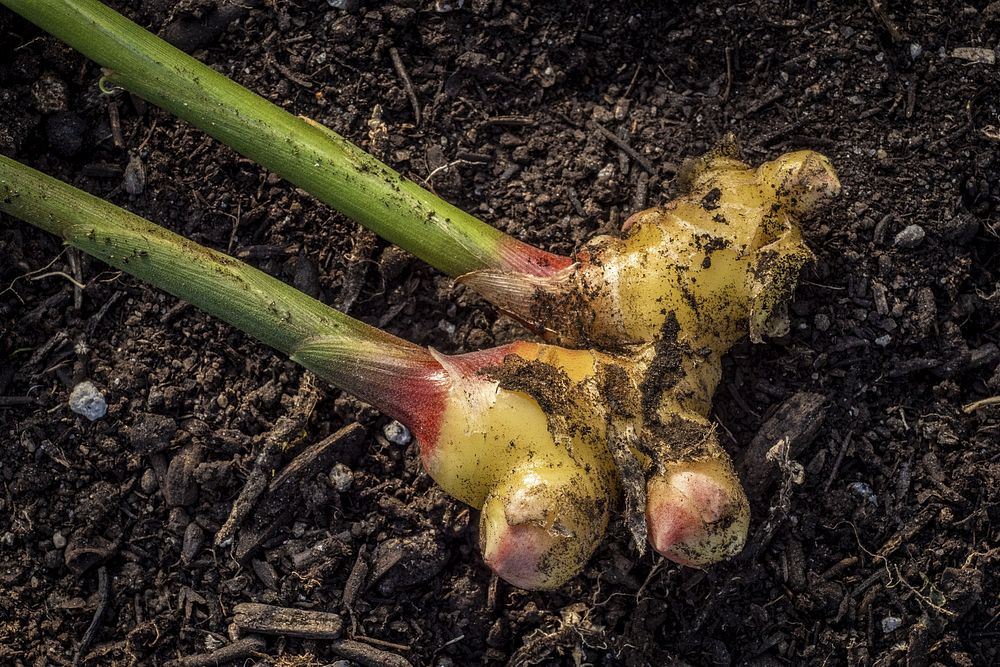Ginger, recognized for its distinct flavor and myriad health benefits, is a plant commonly associated with tropical climates. However, with careful planning and attentive cultivation, it can successfully be grown in colder zones, such as Zone 6. This guide will provide step-by-step instructions on how to plant and care for ginger in these cooler climates.
Starting Off: Selecting the Right Ginger Root
To start, you will need to procure fresh ginger roots. These can be found in garden centers or ordered from seed catalogs. Try to steer clear of store-bought ginger, as it’s often treated with growth retardants that prevent sprouting.
The Pre-sprouting Process
Approximately six to eight weeks before the last expected frost date in your zone—typically around mid-April in Zone 6—it’s time to “pre-sprout” the ginger indoors. Begin by soaking the ginger root in warm water overnight. Next, place it in a container filled with well-draining potting soil. Position the container in a location that gets plenty of light but is not in direct sunlight. Keep the soil moist and maintain a warm environment to encourage growth.
Transplanting Your Ginger
After the danger of frost has subsided and your ginger has sprouted, you can transplant it outdoors. Choose a location with partial shade or indirect sunlight. The soil should be well-draining and rich in organic matter. If conditions aren’t optimal for planting outdoors, or if you simply prefer, ginger can also be transplanted into a larger pot indoors.
Care and Feeding of Ginger Plants
Consistently moist (but not waterlogged) soil is key to the successful growth of your ginger plant. Use a balanced, slow-release fertilizer to nourish your plant, but avoid overfeeding as ginger is not a heavy feeder. It is crucial to keep your ginger plant away from cold drafts and temperatures below 50°F, as such conditions can be fatal.
The Harvest
Ginger requires a fairly long growth period before a sizable rhizome (the part we use as a spice) can be harvested. Expect this to take about eight to ten months. You’ll know it’s time to harvest when the leaves start to die back in the fall. If you’d like to continue growing ginger in the future, remember to save a portion of the rhizome for planting in the next season.
It is essential to remember that ginger is a frost-sensitive plant. If you live in a region where temperatures can drop rapidly, consider growing your ginger in containers. This way, you can quickly move them indoors when fall temperatures start to descend, ensuring the longevity and productivity of your plant.
In conclusion, while ginger may be a tropical plant, that doesn’t mean it’s out of reach for gardeners in cooler climates. With some forward planning and attentive care, you can enjoy homegrown ginger even in Zone 6.

